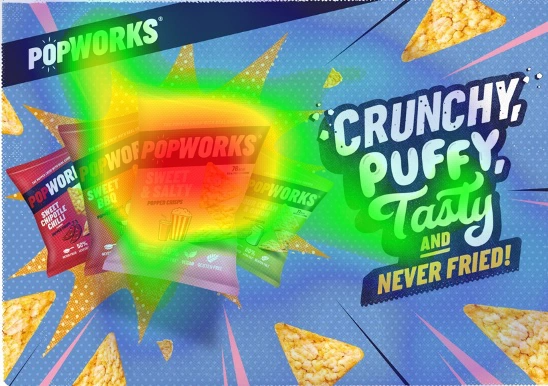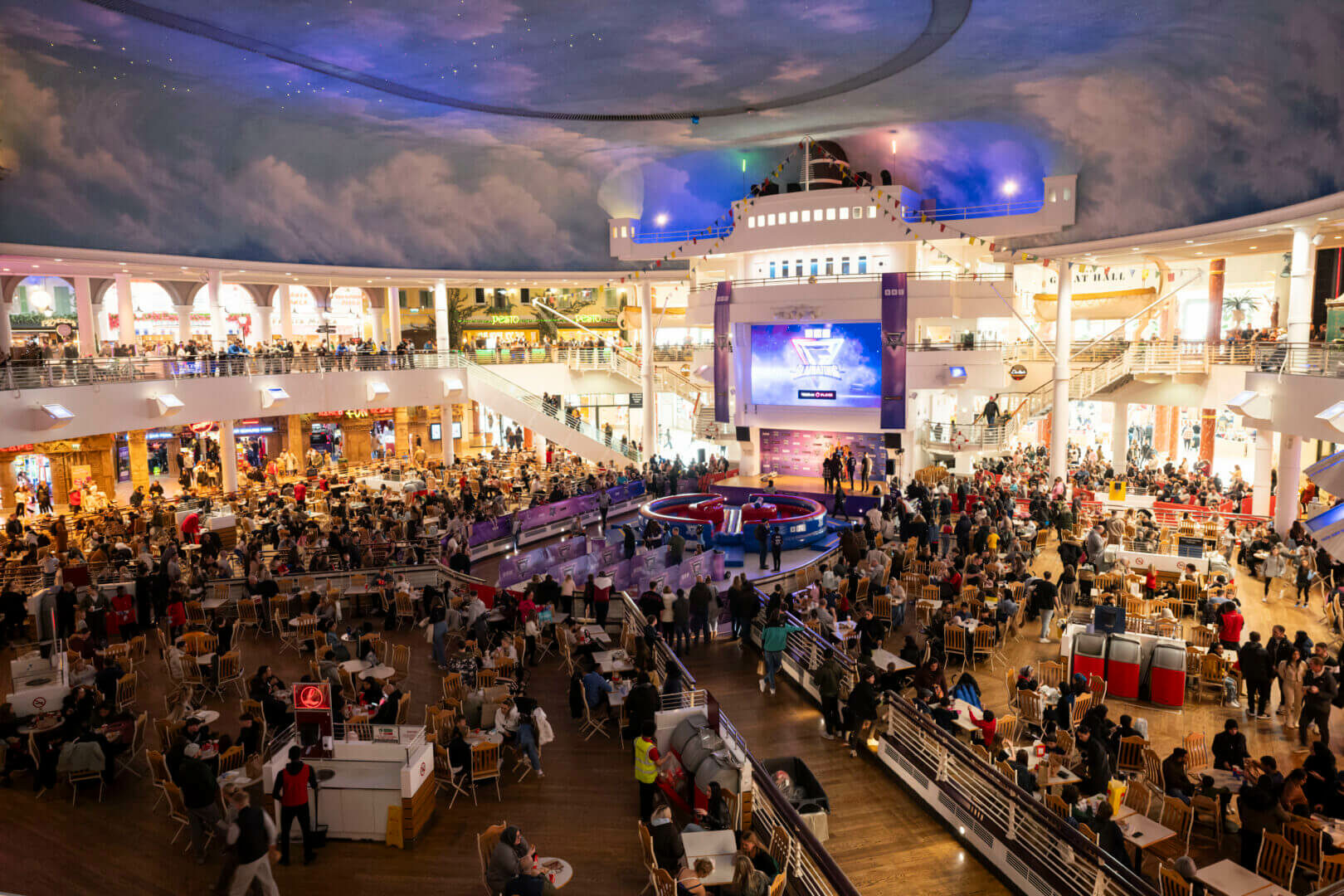What Makes an Effective Out of Home Creative?
What Makes an Effective Out of Home Creative?
The launch of our creative testing tool, Talon Canvas, has helped identify some key insights to answer this question. Using eye-tracking technology, the tool measures levels of attention to different zones within a piece of creative, creating an understanding of how respondents interact with individual elements and why some receive higher attention rates to others. However, with the OOH medium itself constantly evolving, creative performance is not a subject with a linear solution. The rise of digital, paired with a smarter approach taken by brands and agencies alike means that creativity has exploded into the forefront of campaigns.
Valuable findings around element simplicity, visual flow and logo performance were established in the tool’s infancy, and have continuously influenced brands and their creative artwork. The growing use of the Canvas tool from a broad range of clients however, has made way for a wealth of data across both static and animated copy, meaning we can both evolve our current findings and explore new areas of creative effectiveness.
Simple copy still drives stronger rates of fixation, because ultimately respondents aren’t battling to take in too much in a short amount of time. A headline, image, logo and message can be enough to tick all campaign objectives without going into element overload. However, it is still important that each area of the ad stands out in its own right.
To make sure that people can piece together every part of the creative ‘puzzle’, each section needs to be noticeable and easy to find. Imagery tends to be the first place we look, so by making sure the element closest (e.g. the headline) stands out, be that by size or colour contrast, it is possible to steer the viewers’ attention smoothly throughout each part of the ad.
Enhancing Logo Visibility in OOH: Insights and Trends
Logos in OOH tend to underperform as a whole. On average, only around 40% of people will look at it, and those who do tend to only dwell for 0.5 seconds. To combat this, the Canvas tool has allowed us to pull out some best practice insights from those campaigns that have enjoyed a strong logo performance. A larger size, contrasting background and strategic placement are just a few recommendations that we have provided to clients. The latest analysis also indicates that incorporating the brand within the image ensures strong fixation rates, as attention is already so prominent in that area.
While these learnings are key for clients and creative agencies, and can be applied equally to the increasing number of animated creatives, the rise of DOOH has made way for separate insights. The Canvas tool already established that people are +110% more engaged when ads are animated, but we can now identify particular aspects which drive this. For example, while making text bolder can compete with dominating imagery in static creatives, for motion there is scope to manipulate element duration and create individual entrances. This means that rather than all but pointing a flashing neon sign toward the logo, it can simply have its own unique entrance at the end of the copy, eliminating competition from other strong performing areas.
Regardless of all of this however, it’s important to remember that there is no one formula for a perfect ad. The Talon Canvas tool aims to complement creativity and drive effectiveness by encouraging a smarter and more strategic approach, but ultimately creativity is without boundaries.




